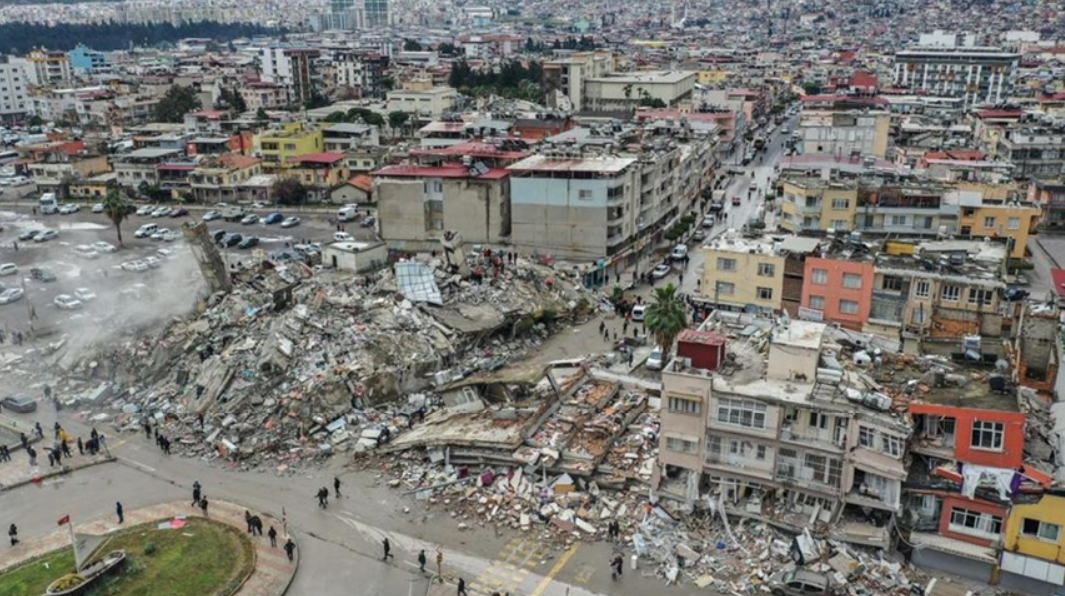Some 70 percent of buildings in Istanbul are not earthquake resistant, while about 90,000 buildings need to be demolished and rebuilt, a geoscientist has stated.
Following the 7.7 and 7.6 magnitude earthquakes that shook the southern provinces and claimed more than 45,960 lives, a possible major quake in Istanbul has come back to the agenda.
Providing information on buildings quality in Istanbul, geoscientist Okan Tüysüz from Istanbul Technical University reminded that approximately 1.2 million houses are located in the metropole.
Some 70 percent of them are not earthquake resistant, Tüysüz noted, adding that nearly 90,000 buildings in the city should be either demolished and rebuilt, or strengthened.
“The first rule in earthquake is to reduce the risk. If even only one person resides in each of these buildings, 90,000 lives can be saved with this step,” Tüysüz explained.
“There are many civil engineers, geologists and geophysicists in Türkiye. If the country takes action, it can form an emergency scientific army. If it were me, I would convene a scientific committee very urgently, first of all I would determine what should be done,” he expressed.
Another expert Hüseyin Alan noted that there are 24 provinces, some of which are metropolitan cities, built on fault lines, warning that settlement should not be allowed near the fault by introducing a fault law or regulation.
“This law should be included in the zoning plans. If the real estate agent is going to sell a house within 100 meters of the fault, he should have to notify,” Alan explained.
Reminding that the disasters act dates from 1959, he noted that it should be renewed immediately in accordance with today’s circumstantiation and technological opportunities.
Alan also stated that a permanent disaster fund associated with international financial institutions should be established.
Touching upon the expected Istanbul earthquake, Alan pointed out that an urgent strategic risk reduction plan should be prepared for the metropole that hosts nearly 16 million people.
“In a possible earthquake, sea, air and land routes must be open and used for emergency transportation and evacuation. Possible risks should be reduced by negotiating with relevant units such as state’s highways and railways general directorates,” Alan said.
“In Istanbul, ‘tsunami risk analysis’ was researched. There are even warning signs. But in risk areas, structures that are not suitable to be there still remain. We urgently need to make our building construction standards suitable for tsunami.”
hurriyetdailynews.com
